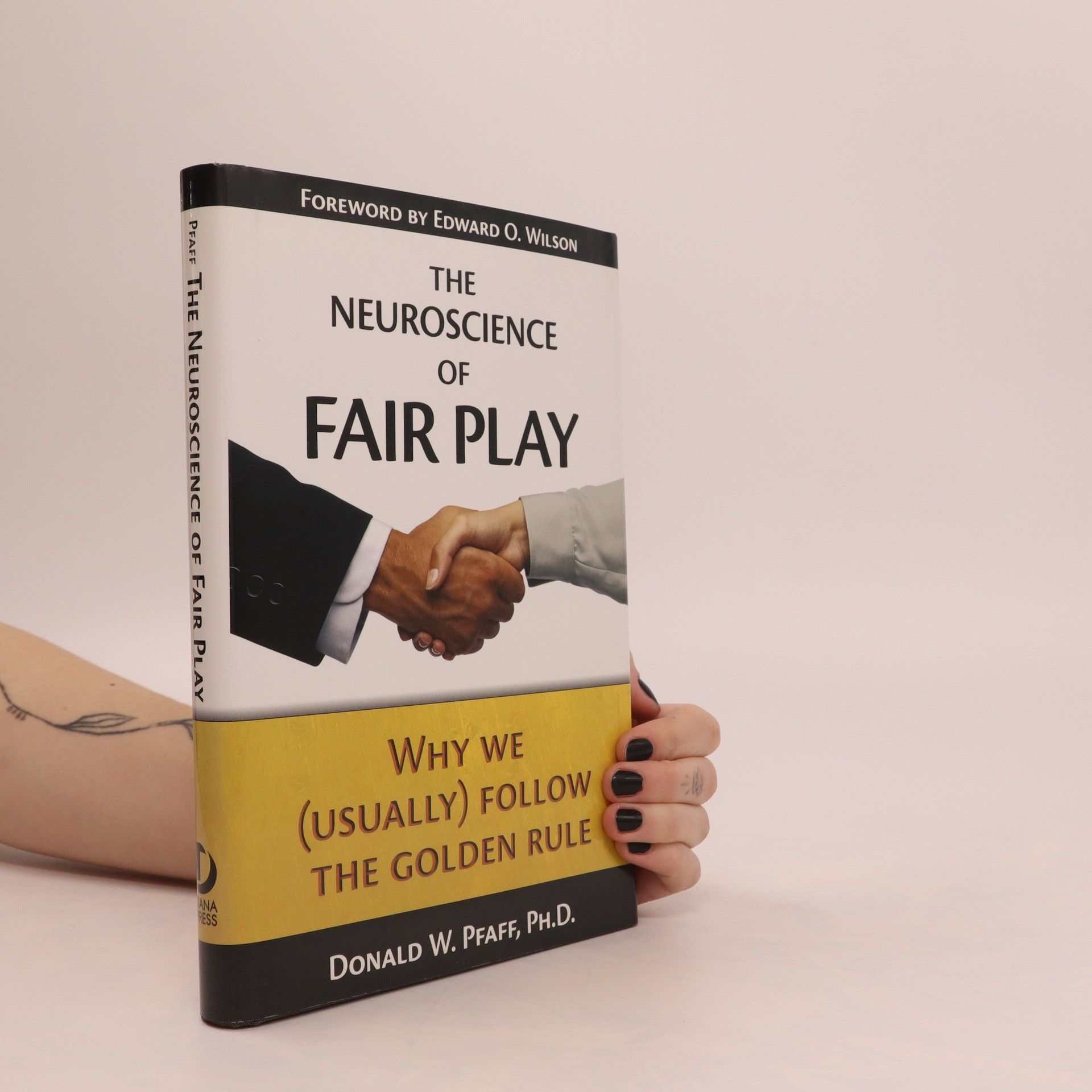The Neuroscience Of Fair Play
- 300pages
- 11 heures de lecture
Contends that the basic ethics governing our everyday lives can be traced directly to brain circuitry. This book explains an account of how specific brain signals induce us to consider our actions as if they were directed at ourselves - and subsequently lead us to treat others as we wish to be treated.

